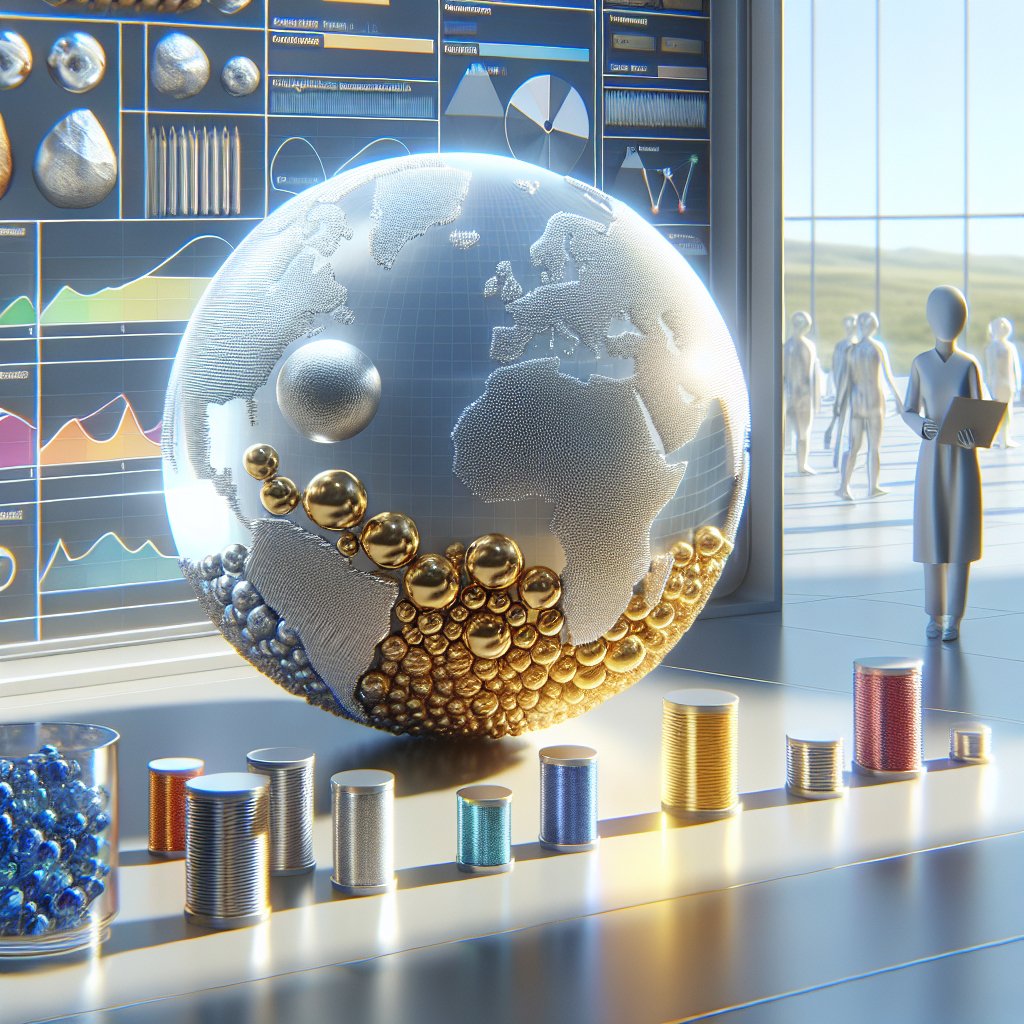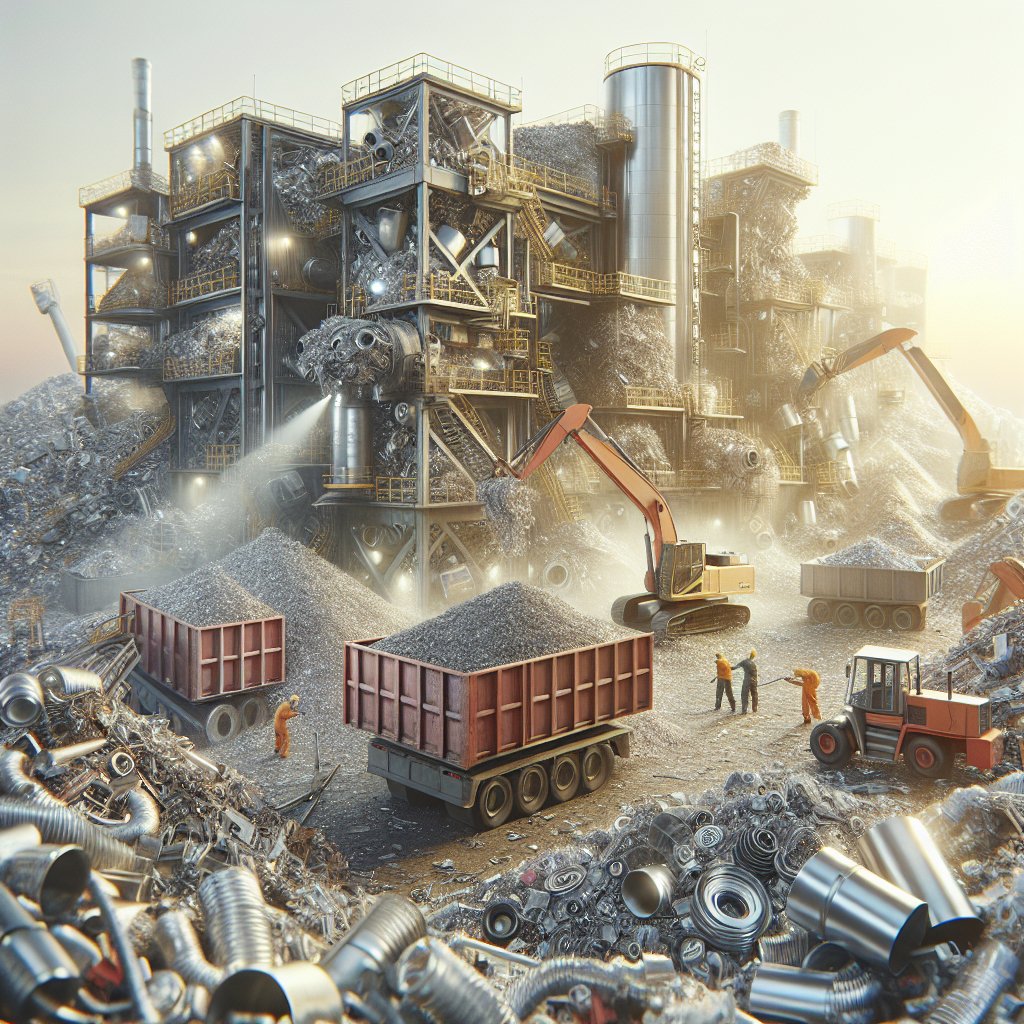The global demand for rare metals has surged dramatically in recent years, raising concerns about potential shortages and the sustainability of their supply. These metals, which include elements like lithium, cobalt, and rare earth elements, are crucial for the production of a wide range of high-tech products, from smartphones to electric vehicles and renewable energy technologies. As the world increasingly relies on these technologies, the question arises: are we running out of rare metals?
The Growing Demand for Rare Metals
The demand for rare metals has been driven by rapid technological advancements and the global shift towards greener energy solutions. As countries strive to reduce carbon emissions and transition to renewable energy sources, the need for rare metals has intensified. For instance, lithium and cobalt are essential components in the production of batteries for electric vehicles, which are seen as a key solution to reducing greenhouse gas emissions from the transportation sector.
Moreover, rare earth elements, a group of 17 metals, are indispensable in the manufacturing of wind turbines, solar panels, and various electronic devices. These elements possess unique magnetic, luminescent, and electrochemical properties that make them irreplaceable in many high-tech applications. As a result, the demand for these metals is expected to continue growing at an unprecedented rate.
However, the supply of rare metals is not keeping pace with this burgeoning demand. Many of these metals are concentrated in a few countries, leading to geopolitical tensions and supply chain vulnerabilities. For example, China dominates the global production of rare earth elements, accounting for over 80% of the world’s supply. This concentration of resources poses significant risks to global supply chains, as any disruption in production or export policies can have far-reaching consequences.
Challenges in the Supply Chain
The supply chain for rare metals is fraught with challenges that exacerbate the risk of shortages. One of the primary issues is the environmental and social impact of mining these metals. The extraction and processing of rare metals often involve environmentally damaging practices, such as the use of toxic chemicals and the generation of large amounts of waste. These practices can lead to soil and water contamination, loss of biodiversity, and adverse health effects on local communities.
Furthermore, the mining industry faces significant regulatory and operational hurdles. Stringent environmental regulations, land rights disputes, and the need for substantial capital investment can delay or even halt mining projects. These challenges are particularly pronounced in regions with rich deposits of rare metals, where political instability and corruption can further complicate the situation.
Another critical issue is the lack of recycling infrastructure for rare metals. Currently, only a small fraction of these metals is recycled, leading to a significant loss of valuable resources. Developing efficient recycling technologies and systems is essential to reduce reliance on primary mining and ensure a sustainable supply of rare metals in the future.
Strategies for Ensuring a Sustainable Supply
To address the looming shortages of rare metals, several strategies need to be implemented. One approach is to diversify the sources of these metals by exploring new mining opportunities in underexploited regions. This diversification can help reduce the geopolitical risks associated with the concentration of resources in a few countries.
Investing in research and development of alternative materials is another crucial strategy. By finding substitutes for rare metals in various applications, industries can decrease their dependence on these scarce resources. For example, researchers are exploring the use of abundant materials like aluminum and magnesium as potential alternatives in certain applications.
Enhancing recycling efforts is also vital for ensuring a sustainable supply of rare metals. Governments and industries must collaborate to develop efficient recycling technologies and establish robust recycling infrastructure. This includes creating incentives for the collection and recycling of electronic waste, which is a significant source of rare metals.
Finally, international cooperation is essential to address the global challenges associated with rare metals. Countries must work together to establish fair trade practices, share technological advancements, and develop policies that promote sustainable mining and recycling practices. By fostering collaboration, the global community can mitigate the risks of rare metal shortages and ensure a stable supply for future generations.
In conclusion, while the demand for rare metals is set to continue rising, proactive measures can help prevent critical shortages. By diversifying sources, investing in alternative materials, enhancing recycling efforts, and fostering international cooperation, we can secure a sustainable supply of these vital resources and support the transition to a greener, more technologically advanced world.












